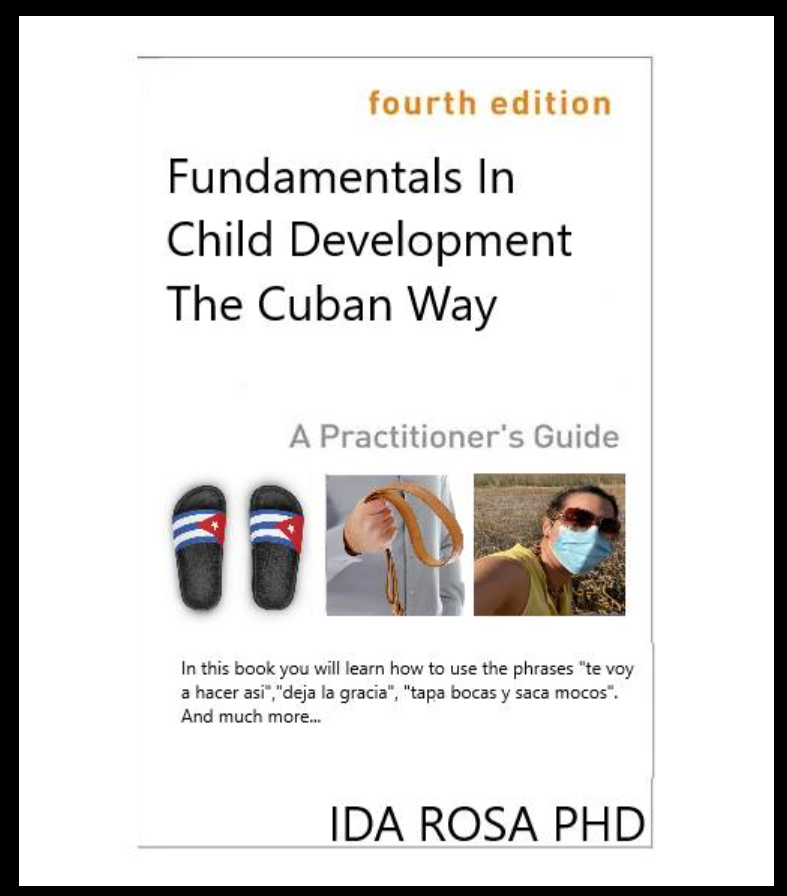
Client 1
My son was out of control, after reading this book he was transformed,5 stars



Table of Contents: Child development 4 edition By Ida Rosa
Part 1: The Miracle of Beginnings
Chapter 1: Techniques and Fundamentals on how to discipline children
chancletasos,Shoes, sticks and belts
Chapter 2: psychological attacks
You are sinverguenza y mal hijo
Wait until your father gets home
Te voy hacer asi, te voy a dar un viaje, cuidadito y deja la gracia
Chapter 3: attacks based on lack of resources
Living under my roof? You play by my rules. Phone? Gone. Room time until the lesson clicks!
Part 2: Exploring the World:
Chapter 4: how to prevent your kid from being a communist
All these people have to work
There are too many illegals in this country
Chapter 5: using martial arts on kids to break their will
Chokes, arm bars and submissions
Say if they beat you in school I will beat you at home
Chapter 6: how to disciple discreetly
Pelliscaso, ojo de lao, uso de manos
Pinches, toe stumps and “te voy hacer asi”
Chapter 7: What to do when your child gets bigger and stronger than you
Part 3: DCF took my child away what do i do
Chapter 8: Legal consequences of child abuse
Chapter 9: PTSD and brain trauma
Chapter 10: Substance abuse and daddy issues

My son was out of control, after reading this book he was transformed,5 stars

I got control of my kid and we are so happy now, no more tantrums and out of control behavior. my son no longer burns down houses

Ida really understood what we needed to do to get control of my kid. he was out and about hanging out with the wrong crowd, but I got him to change his ways with Ida Rosas help, thanks Ida, my family is perfect now